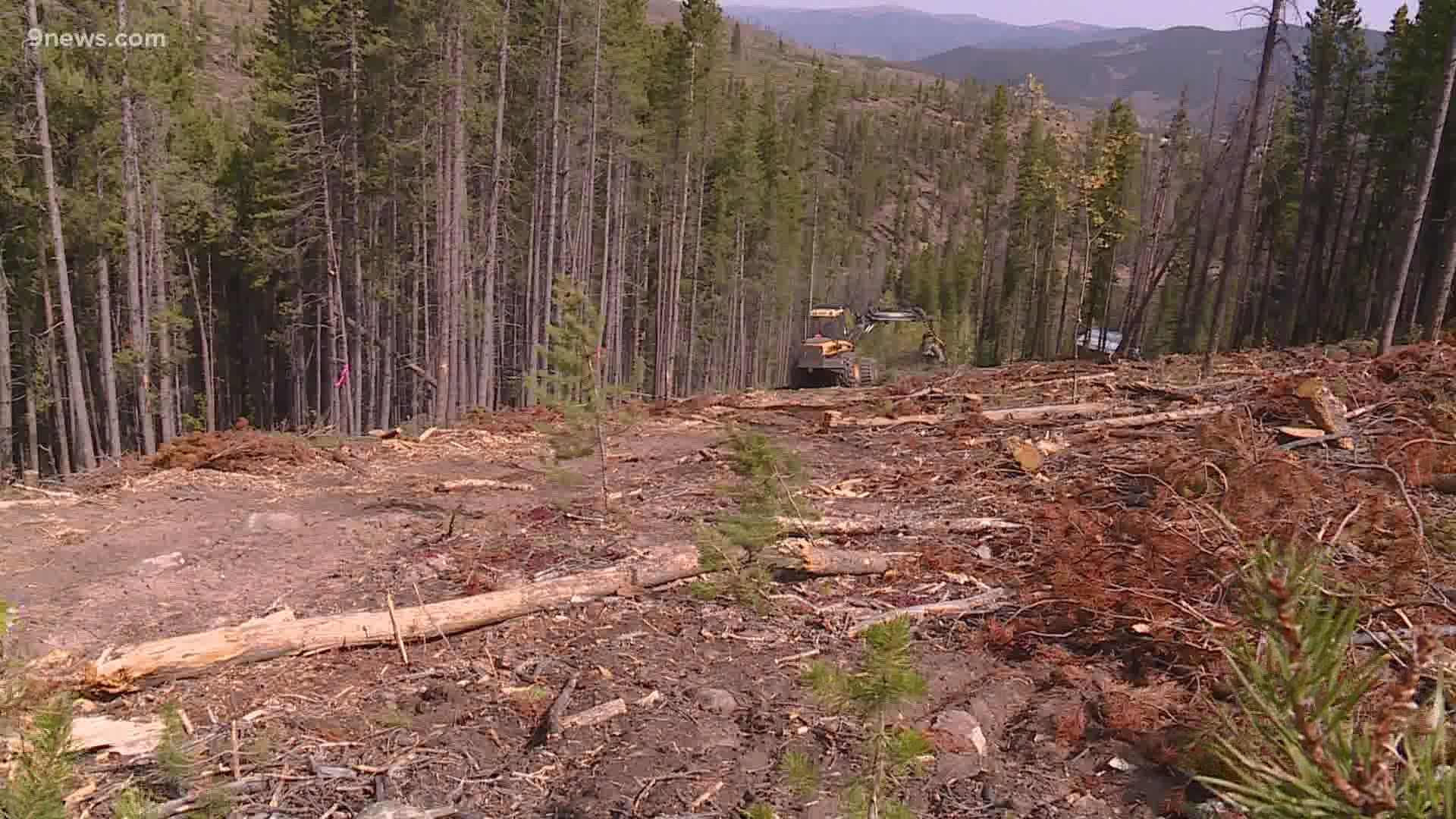COLORADO, USA — The Cameron Peak Fire is the largest wildfire in Colorado state history at more than 200,000 acres. But that measurement is just the size of the fire perimeter -- not all 200,000 acres actually burned.
“There are lots and lots of pockets of green," said Kamie Long with the Colorado State Forest Service. "There are forest areas that are unscathed.”
Aerial photography of the Cameron Peak fire zone shows those unburned patches of forest in an interesting mosaic pattern.
Long said that burn pattern is all part of nature’s design; a way that fire keeps the forest clean and healthy.
“And so that’s part of what brings that next forest generation in," Long said. "The trees that are left are now the seed producers for the next forest.”
Long said new trees will now grow next to the old ones. There will be small trees next to tall trees, and this burn will even give a chance for different tree species to move into the forest.
She said a diverse forest is a healthy forest.
But she also said that humans cannot afford to let nature tend to forests with wildfire because there are too many lives and properties at stake.
So, now it is the job of foresters to mimic fire and create a mosaic forest pattern by hand and by machine.
“We are managing lands in the forest trying to get treatments done that will improve the forests health long-term,” Long said.
She said that foresters will be in all of Colorado’s new burn areas in the spring working to make sure that the new forest that grows in them will be brought up strong and healthy.
SUGGESTED VIDEOS: Science is Cool

